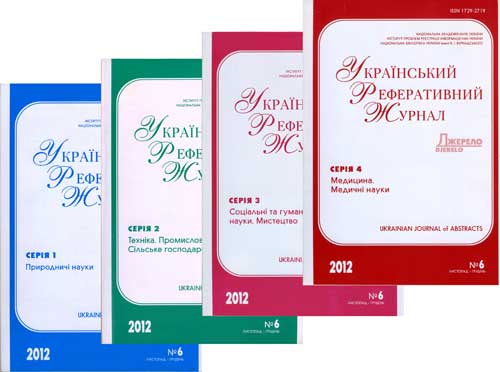Kluz M.
Riboflavin (vitamin B2) synthesis by the yeast Сandida fatama strains / M. Kluz, K. Dmytruk, A. Sibirny // Вісн. Львів. ун-ту. Сер. біол.. - 2016. - Вип. 73. - С. 250. - англ.Riboflavin (vitamin B2, E101) is an essential nutrition component serving as a precursor of coenzymes FMN and FAD that are involved mostly in reactions of oxidative metabolism. Riboflavin is produced at a commercial scale and is used in feed and food industries, and in medicine. The yeast Candida famata (Candida flareri) belongs to the group of so called іflavinogenic yeastsі which overproduce riboflavin under iron limitation. The flavin coenzymes are involved in a range of biochemical processes, particularly in mitochondrial electron transport, photosynthesis, fatty acid oxidation, metabolism of vitamins B6, B9 (folates) and B12. The aim of this work was optimization of cultivation conditions for maximal synthesis of riboflavin by the isolated recombinant strain C. famata <35>91. A series of experiments were carried out to study the effects of different temperature for the riboflavin production by the C. famata <35>91 strain during fermenter cultivation. For this, we used different cultivation temperature: 26; 27; 28; 29; <$E30~symbol Р roman C>. The experiments were conducted in the 1,3 L laboratory glass fermenters (BioFlo"/CelliGen" 115, New Brunswick Scientific Co.). The batch operation mode was adopted to obtain a high cell density and high concentration of riboflavin. The inoculum in a concentration of 20 % was added to 0,5 L of Op5m medium. The dissolved oxygen (DO) concentration was monitored using the fermenter control unit based on polarographic DO probe. Air was used for culture aeration (1,0 vvm). The bioreactor was operated at different temperature and 600 - 1100 rpm. The pH 5,5 of the medium was automatically adjusted (Mettler - Toledo pH electrode) by 1 N HCl or 0,1 N NaOH. Samples were withdrawn twice a day, biomass and riboflavin concentrations in the medium were determined. The following results on riboflavin accumulation were obtained after 120 h cultivation using different cultivation temperature used: <$E26~symbol Р roman C> 6,61 g/L, RF yield: 129,22 mg RF/g biomass, <$E27~symbol Р roman C> 6,85 g/L RF yield: 131,60 mg RF/g biomass, <$E28~symbol Р roman C> 7,40 g/L RF yield: 132,26 mg RF/g biomass, <$E29~symbol Р roman C> 6,93 g/L RF yield: 113,60 mg RF/g biomass, <$E30~symbol Р roman C> 6,60 g/L RF yield: 122,79 mg RF/g biomass. Thus the temperature <$E28~symbol Р roman C> appeared to the most appropriate for maximal riboflavin accumulation. During accumulation of 7,40 g of riboflavin per L with <$E28~symbol Р roman C> cultivation temperature, biomass production was achieved 55,95 g/L. Thus, optimization of cultivation conditions led to a noticeable improvement in riboflavin production by the recombinant C. famata strain <35>91 during fed-batch cultivation.
Індекс рубрикатора НБУВ: Е521.551.1*723 + Е0*725.321.12
Рубрики:
Шифр НБУВ: Ж28852/б. Пошук видання у каталогах НБУВ
Додаткова інформація про автора(ів) публікації:
(cписок формується автоматично, до списку можуть бути включені персоналії з подібними іменами або однофамільці)  Якщо, ви не знайшли інформацію про автора(ів) публікації, маєте бажання виправити або відобразити більш докладну інформацію про науковців України запрошуємо заповнити "Анкету науковця"
|

